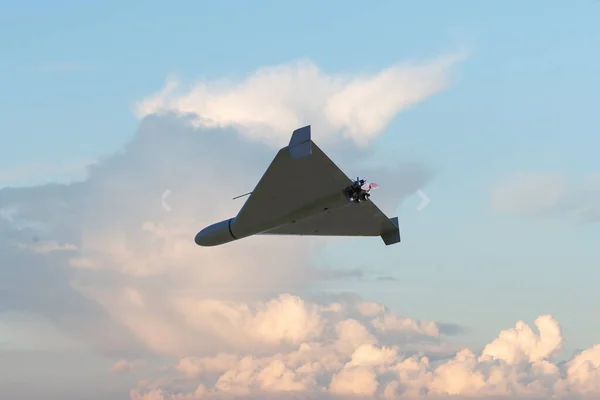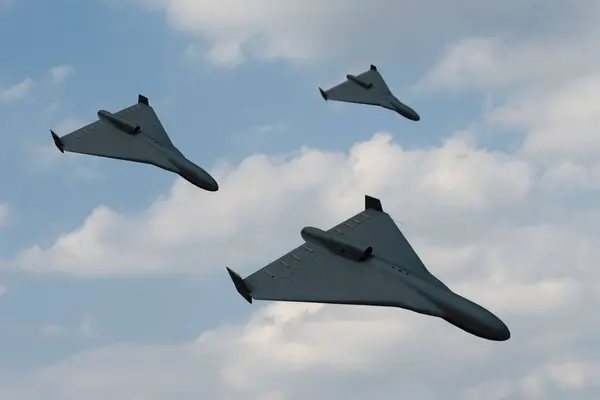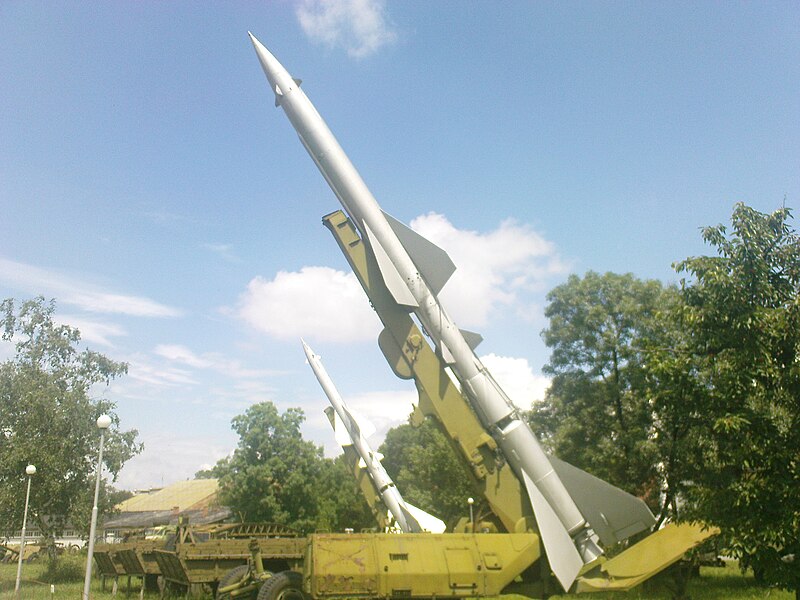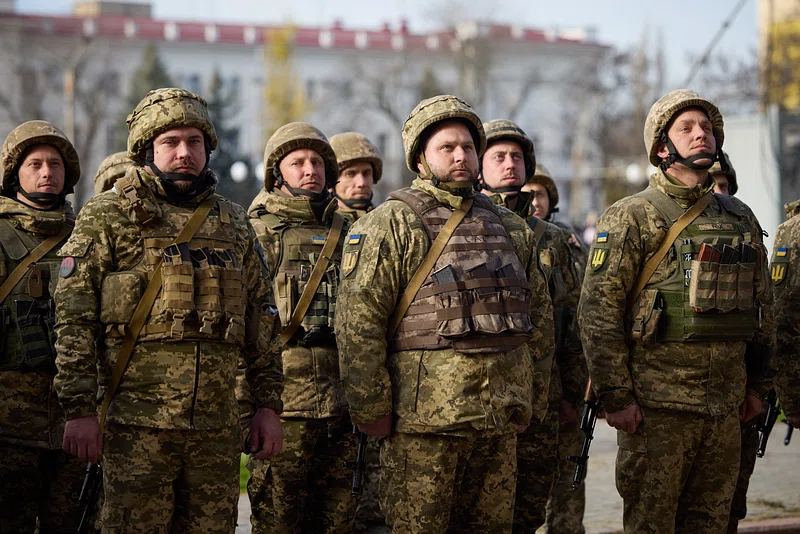
How much damage can a single, well-conducted strike cause to a high-value military facility? The answer is compellingly told in the recent Ukrainian attack against Russia’s newly established drone base at Donetsk airport. Satellite images, open-source intelligence, and official military reports reveal not just the scale of destruction but also the strategic implications for drone warfare in the ongoing conflict.
This was no battlefield skirmish but an operation carried out with calculation against a critical node in Russia’s expanding drone campaign. The Donetsk base, converted from a defunct airport, had emerged as a key point for Shahed-type drone storage and launches. Its proximity to the front lines made it a potent offensive asset for Moscow but also highly vulnerable. Here are nine takeaways from this incident, each one highlighting something about the changing face of unmanned combat over Eastern Ukraine.

1. The Donetsk Airport will now serve as a drone hub.
Once a civilian gateway to eastern Ukraine, Donetsk airport ceased operations in 2014 after Russia’s initial invasion. Beginning in mid-2025, Russian forces started redeveloping the airport into a forward drone base, mounting launch rails and storage sheds directly on the runway. It was just one manifestation of Moscow’s wider investment in unmanned systems, with infrastructure configured to support Shahed-type drone attacks against Ukrainian positions in depth.

2. Accurate Strike by Ukraine with High Hit Rate
On November 5–6, the Ukrainian Special Operations Forces, guided missile units, and Unmanned Systems Forces conducted a combined strike. The SOF reported that over 90% of the drones that had been deployed reached their targets and hit a Shahed warehouse, setting off secondary explosions. Combat footage and satellite imagery showed several buildings reduced to rubble, and analysts said the apparent timing of the attack suggested it was designed to maximize the number of stored drones destroyed.

3. Scale of Destruction and Potential Drone Losses
Unconfirmed Ukrainian social media reports put the number of destroyed Shahed-type drones at up to 1,000 and more than 1,500 warheads. Though it cannot be independently verified, the visible aftermath does substantiate such an assessment of significant materiel loss. Kyle Glen, of the Centre for Information Resilience, said such losses could make the front-line launch sites “not feasible” for Russia.

4. Russia’s Expanding Shahed Production Capacity
Production of the Shahed variants, named Geran-1 and Geran-2, has been boosted on an industrial scale in Russia. According to Ukrainian military intelligence, Moscow is now capable of producing 2,700 units per month, with plans to reach 79,000 in 2025. Facilities like the Alabuga SEZ aim for 25,000 annually, thus enabling a timely change in warhead types from fragmentation to thermobaric depending on target profiles.

5. Increased Drone Strikes and Civilian Casualties
CSIS estimated that in 2025, Russian drone launches were up 303% over 2024, with over 44,000 Shahed-type sorties. Ukraine intercepts 64% of them, but the numbers are stressful for the air defenses. At least 494 civilians died between January and September of 2025 from missiles and suicide drones, the UN estimated, underlining the humanitarian toll of this intensified campaign.

6. Cost asymmetry in Drone Warfare
Compared with the hundreds of thousands of dollars per shot it costs to intercept them using surface-to-air missiles, a Shahed is estimated to cost between $20,000 and $50,000 to produce. The incentives for a mass launch are thus very different Ukrainian forces increasingly counter with their own drones, reducing interception costs and shifting the economics of engagement.

7. Vulnerability of forward drone bases
The fact that the site in Donetsk stands less than 20 miles from the front increases exposure for Russian drones while shortening flight times. Analysts say that deeper bases inside Russian territory are harder to hit, while a forward site risks catastrophic losses if struck at peak operational readiness.

8. Intelligence and Reconnaissance Behind the Strike
SOF leader Madyar described the attack as the result of a “painstaking months-long reconnaissance operation.” This is similar to the complexity evident in other high-profile drone operations, where detailed intelligence, logistical coordination, and precise timing are integral to success. Such preparation ensures maximum impact against hardened or well-defended targets.

9. Strategic Lessons for Future Conflicts
The strike underlines the fact that even very large-scale drone production cannot ensure operational security if its logistics hubs are exposed. For Russia, it may require reconsidering the placement and dispersion of bases. For Ukraine and other militaries, this reiterates the virtues of early targeting of enemy drone infrastructure-using intelligence to disrupt mass launch capabilities before they can reach a full operational tempo.
The Ukrainian strike against the drone base in Donetsk was more than a tactical success instead, it became a strategic demonstration of how precision, intelligence, and timing can nullify an unmanned warfare hub of high output. As both sides learn from experience, lessons derived herein will set up the engagements, while the balance between production capacity and vulnerability might decide the fate of drone-centric campaigns.

